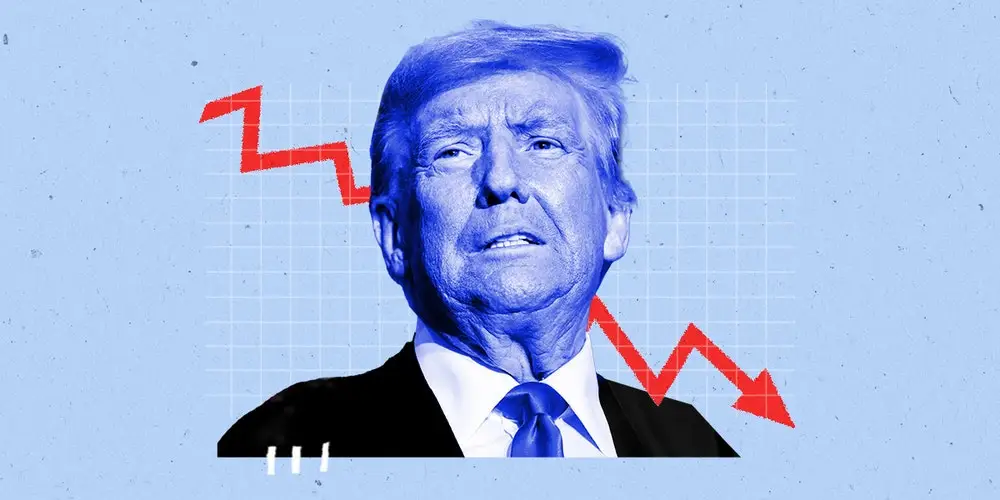Recessions arise from economic shocks that disrupt supply and demand, and “President Donald Trump’s policy choices target both supply and demand.” This dual effect has led to “the rapid reversal of economic growth that has descended upon the United States.” With both consumers and producers feeling the strain, “changing course will become increasingly difficult,” creating the risk of “a very painful type of recession.”
No Long-Term Gain in Trump’s Economic Plan
Despite claims of short-term sacrifices leading to long-term benefits, “it is bunk.” Economic indicators—including “declining stocks to reduced consumer sentiment and spending”—show that Americans recognize that “there is no long-term gain in Trump’s plan.” If the administration had a coherent strategy, “stocks would be rising, business investment accelerating and consumer sentiment rising.” Instead, the opposite is happening.
A Stagflation Trap Looms
With “the most inflationary budget in U.S. history” passed by the House, the economy faces a dangerous path. “Market participants ‒ from homebuyers in Houston to artificial intelligence tech investors to mutual fund advisers to people planning new car purchases ‒ are all aware there is no long-run plan for economic gain.” This has led to “stagflation – the combination of deep reductions of supply and demand alongside an inflationary budget.”

Rising Prices, Higher Interest Rates
The fiscal landscape has deteriorated to the point where “our federal debt has become so large that fiscal policy – like the $5,000 stimulus floated by Elon Musk – is unlikely to affect demand.” Furthermore, “any inflationary spending policies will force the Federal Reserve to raise interest rates.” The result? “This will further reduce spending and new business expansion – cutting both demand and supply.”
Manufacturing Boom Reverses
The impacts of tariffs and high interest rates will hit the goods sector first. “Tariffs are placed primarily on goods, increasing their price and the price of substitute goods. So all automobiles, not just those made in Canada, will see price increases.” The broader consequences of this economic shift will “wholly reverse the manufacturing production boom that followed the COVID-19 pandemic.”
Red States Face the Hardest Hit
There’s a geographic and political divide in the economic consequences. “Red states tend to dominate the production of goods, while blue states are far more service-oriented.” This means that “GOP voters are far more likely to work in the trades, construction and manufacturing,” while those in Democratic-leaning areas tend to be in “health care, education and professional services.” When job losses hit, “they mostly won’t be those sweet, sweet liberal tears that appeal to his MAGA followers.”
Job Losses and Economic Hardship
Workers in sectors like “manufacturing, construction, logistics and agriculture face far greater challenges finding similar employment anywhere.” Once displaced, “a large share never again finds meaningful work, and their children have poorer economic prospects than those who do not lose jobs.” The reality is stark: “The coming downturn is going to make it starkly clear why economists are far more worried about the long-term economic effects of, say, an 8% unemployment rate than an 8% inflation rate.”
A Recession That Could Have Been Avoided
There were options to prevent this downturn. “If the president admitted that his tariffs are a mistake, stopped threatening federal spending like the CHIPS Act and made amends with our allies, he could undo much of the damage.” A bipartisan approach with “meaningful spending cuts and tax increases to balance the budget” could have improved economic prospects. But as the article states, “I chuckled while writing that paragraph, too. He’d much rather taunt a Canadian leader than save your job.”
By Christmas, many Americans may find themselves “nostalgic for former President Joe Biden’s economy.”
Amazon Spring Sale 2025 announced – here’s all you need to know







